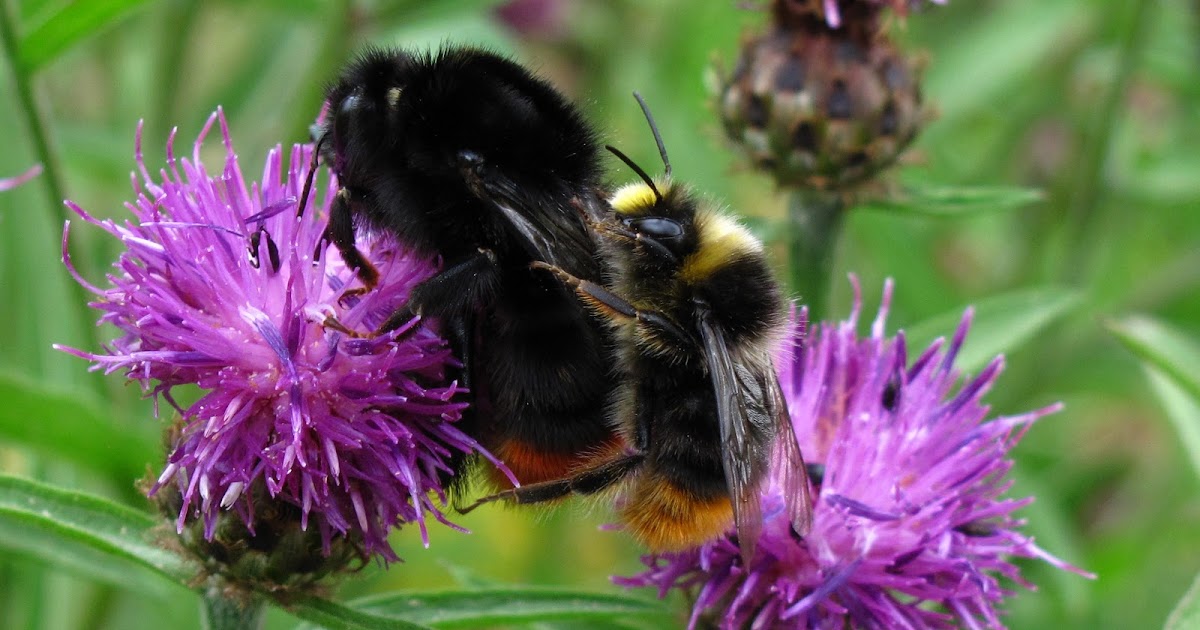

If you’d like to attract more beneficial bees or support our bee pollinators, Extension publication 2976, “Gardening for Beneficial Bees in Mississippi,” will help you plan a landscape that bees love and that you love to look at. So, before you mow or do other types of lawn care, you may want to inspect your yard for nests.īoth carpenter bees and bumble bees are important pollinators, and experts recommend only using control methods to prevent structural damage by carpenter bees or prevent stinging incidents by bumble bees. They can be very aggressive in this situation. But bumble bees have a painful sting, and dozens of bees may attack if they sense the nest is threatened. They are not aggressive unless their nest is disturbed. They build their nests in the ground like yellowjackets, where dozens of bees can live. They can be either black and yellow or black and white.

If you find yourself in this situation, you can learn more about pesticides and methods for treating the galleries in Extension publication 2331, “Control of Insect Pests In and Around the Home Lawn.”īumble bees are large with hairy bodies. However, if there are several galleries in one piece of wood, it can weaken that area and put the structure at risk. Most of the time these galleries are harmless. Nesting galleries can be more than a foot long. You may see the entrance holes to their nests anywhere on your property where you have wood, such as decks, eaves, fences, and barns. Males are often seen flying about and hovering in mid-air to pass the time. Females can sting but usually don’t.įemales lead busy lives, building nests, gathering pollen, and laying eggs. But males of this species have white faces, while females have black faces. Both males and females have a smooth, shiny body. The most commonly occurring species in Mississippi is the eastern carpenter bee. They look similar, but they are very different. What’s the difference between a carpenter bee and a bumble bee? A lot.


 0 kommentar(er)
0 kommentar(er)
